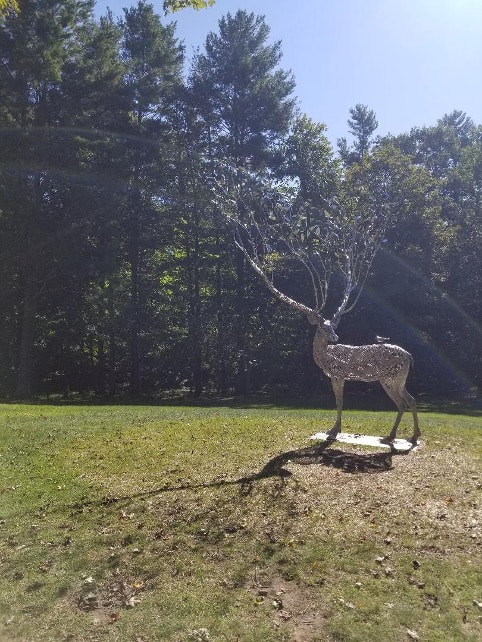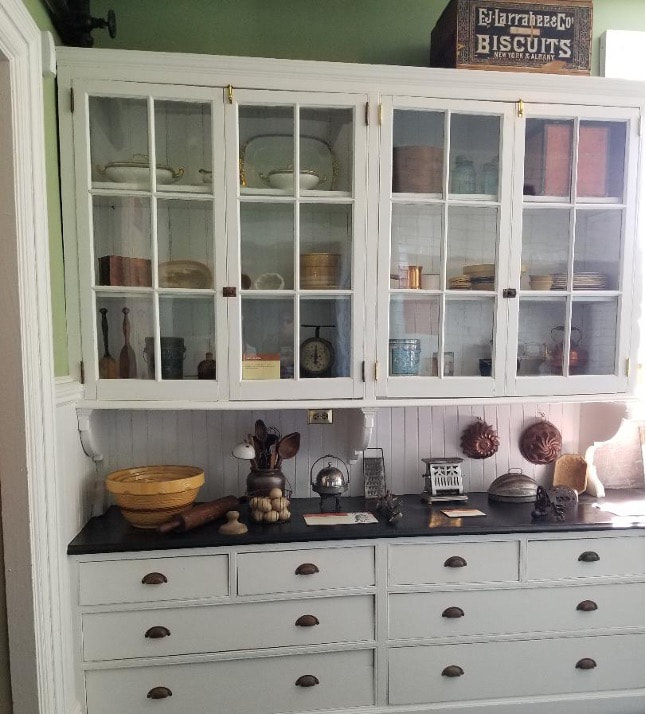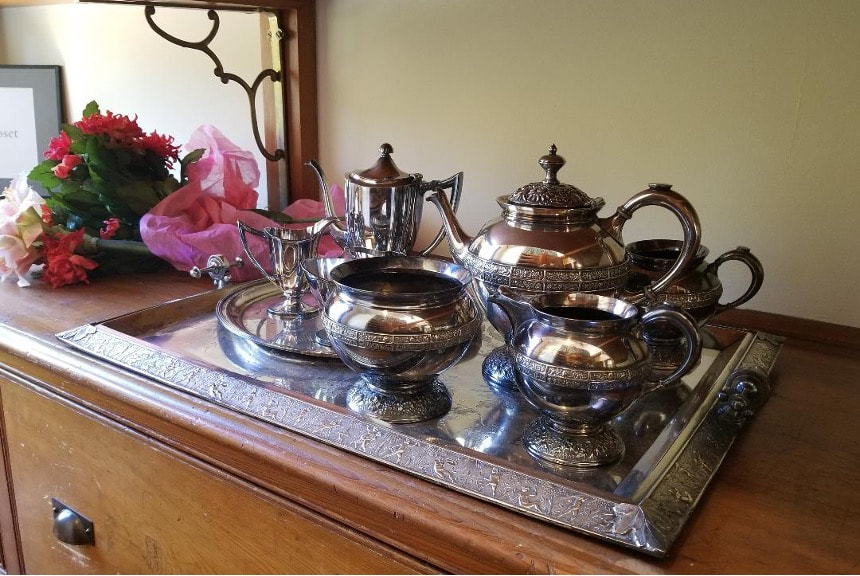Three lifelong interests of mine came together early: reading novels, afternoon tea, and interior design. I mostly read English novels set in the mid-1880s to mid-1900s. I so enjoyed the leisurely accounts of country house weekends and motor trips to London, the world created in this era. However bucolic and enjoyably languid, eventually all the tea parties and lawn tennis were interrupted by dire accounts of World Wars I & II. Eventually, I felt like I’d been in the trenches or in Normandy at the landing. For a break from the horrors, I added American authors who were writing about the same sort of ideas and situations, a lot of gilded age novels, if you will. Fun fact, none other than Mark Twain coined the term, in his novel The Gilded Age: A Tale of Today.”
Edith Wharton (1862-1937) is one of my favorites, writing perfect novels such as The House of Mirth, Ethan Frome, and The Age of Innocence, for which she won the Pulitzer Prize in 1921. She came from old New York money, one of the Dutch descended Joneses about whom the saying “keeping up with the Joneses” was coined. Her family had homes in Manhattan and Newport, and traveled extensively through Europe, giving Edith vast opportunity to absorb and appreciate classical art and architecture. It gave her a sense of how interiors could be comfortable and livable while being architecturally beautiful through traditionally formal principles.
She was reacting to the Victorian design trend of the nouveau riche, such as the Vanderbilts, to build and furnish homes as expensively and lavishly as possible, without thought to good taste or comfort. Feeling strongly that the trend should be combated, Edith wrote what was to become a huge best seller, The Decoration of Houses. So influential, the book continues to be reprinted as recently as 2007.
Together with Architect Ogden Codman Jr. and husband Teddy, Edith Wharton put her home and garden design theories to work in her 1902 country house, The Mount. She only lived there for 10 years, travelling extensively in Europe, eventually making her home in France. Now a National Historic Landmark, The Mount was sold in 1912 as a private home at first, then became part of the Foxhollow School in the early 1940s. It was acquired by the Edith Wharton Restoration in 1980. Long-needed renovations began in 2001. Unfortunately, the 2008 financial collapse imperiled the work, and the property faced dire consequences. A concerted effort saved the Mount and set it on a safe path going forward.
Since The Mount did not remain in Wharton’s family, most of the furnishings are not original. This was a disappointment to me, having grown up spoiled by perfectly preserved house museums such as Hearst Castle in San Simeon. One major acquisition that was restored for just under $1,000,000 was Wharton’s 2,600-volume personal library. A committed effort to collect period appropriate furniture has made the interiors of The Mount similar to Edith’s time in residency but her keen eye for specific (and expensive) details cannot be recreated in a nonprofit setting. However, it is still a very worthwhile place to visit.
Set in the lushly forested Berkshires, The Mount is a beautiful destination for garden enthusiasts as well as history buffs and art lovers. Large scale sculptures dot the leafy path past the Georgian revival stables through to the front of the house, which looks a lot like the back of most large estates. The docent stationed at this entrance, seeing a confused look on our faces, explained that Edith purposely planned the front of the house to not look inviting. She wanted to save the grand view of the house for guests returning from the grand gardens.
Refreshments are available on the wide porch overlooking the renovated gardens and Laurel Lake. I could imagine Edith with guests, lounging with cocktails or at teatime, enjoying the home she’d so long imagined.
We took a more forested path back to the parking area, coming upon the Whartons' pet cemetery. Both Teddy and Edith were early members of the New York SPCA, both welcoming small dogs as members of the family. While writing in bed every morning, Edith had her current dogs snuggled up with her, her bed positioned so she could see the headstones of her beloved dogs who had passed on. In a 1920 series of Lyrical Epigrams in the Yale Review, she wrote this poem:
My little old dog:
A heart-beat
At my feet.










 RSS Feed
RSS Feed